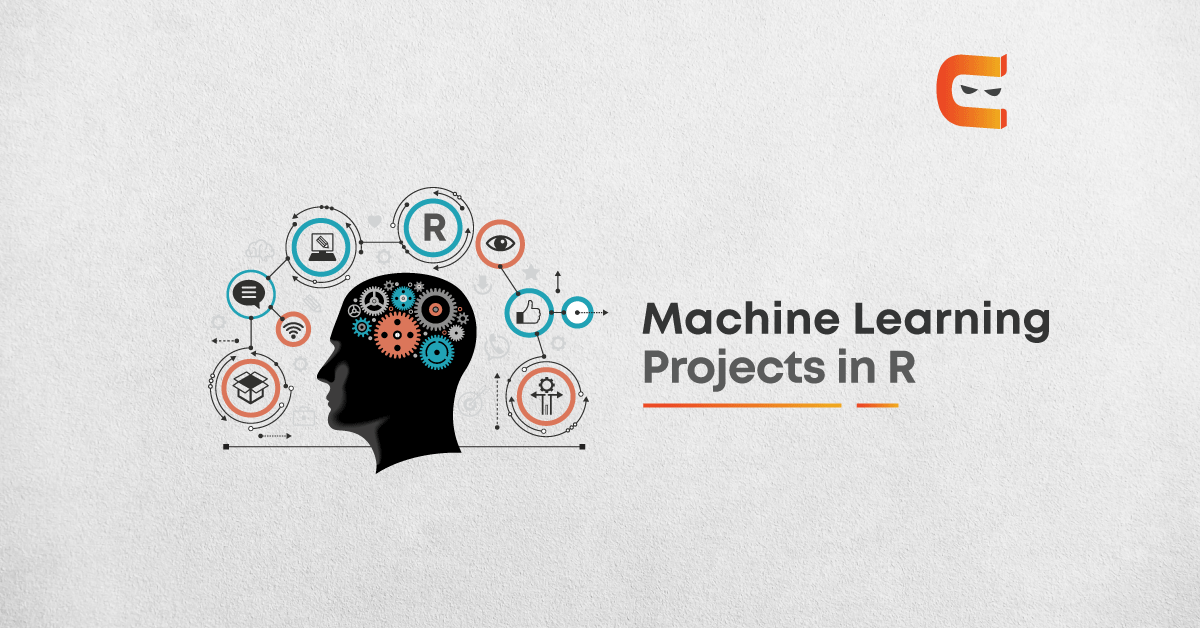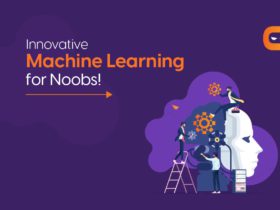Machine Learning and Artificial Intelligence have reached a critical tipping point & will increasingly augment and extend virtually every technology-enabled service, thing, or application. Creating intelligent systems that adapt, learn and potentially act autonomously rather than simply execute predefined instructions is the primary battleground for technology vendors through at least 2020.
This couldn’t be any truer. Standing here in 2020, we are witnessing the increasing influx of Artificial Intelligence and Machine Learning in our day-to-day lives. These intelligent technologies dictate almost every aspect of our lives now, be it healthcare and education or business and governance. The best small project to start with on a new tool is the classification of iris flowers (e.g. the iris dataset), Handwritten digit recognition (MNIST dataset), Fashion clothes recognition(MNIST fashion dataset).
These are easy to start a project and will give you a handful of experience. With these datasets, you with your deep learning model can reach an accuracy of 99% or even better on the training set. In data scientist terms if your model is not reaching up to that accuracy for MNIST dataset you need to make some changes in your design of your model.
But below are some of the interesting projects some of which are really very exciting to attempt. This will not only make you experienced but also help society.
Deep Learning-based Image Recognition for Autonomous Driving:
The idea behind this project is to build a deep learning model for image recognition tasks. This model can perform end-to-end learning that can infer the control value of the vehicle directly from the input image as the use of deep learning for autonomous driving.
Deep Learning-based face recognition using imperfect Facial Data:
Industrial Consultancy- Solution Blueprint for industry, In reality, there are numerous situations where full frontal faces may not be available — the imperfect face images that often come from CCTV cameras. The idea behind this project is to develop a deep learning model that can perform face recognition using partial facial data.
Attendance marking in a class by Face Recognition:
Using face recognition techniques for attendance marking. Marking of attendance can be in real-time. This is the technology which can also be used at very crucial places e.g. at jails, examinations for proper verification.
Enforcing Social Distances through CCTVs:
Detecting violation of social distances by a fixed Orientation CCTV camera and record. In today’s world is very important to inhibit the growth of COVID-19 virus. The development of such a system has become a necessity. These type of system is transforming the world.
Image Caption Generator, Research Based-outcome are Research Publication:
It is a task that will involve computer vision and natural language processing concepts to recognise the context of an image and describe them in a natural language like English. This can be used for the people who are not able to see. With a camera on the there head this system could feedback of the place. Thus, indirectly providing them an eye.
Pectoral Muscle segmentation in Mammograms:
Mammography is used for detecting early signs of breast cancer and is in wide use throughout the world. The pectoral muscle having dense tissue near chest wall area and not having any chance of tumours in that area, so need to segment out, so that proper segmentation can be done for mass detection. Significant work has been done but still, there is lot of scopes to develop the techniques by which the automatic segmentation of pectoral muscle can be done. Using the Machine learning model, we can use overcome this.
Early Stage Automatic Diabetes Solution Blueprint for Industry:
This Project proposes a non-invasive method to detect DM at an early stage based on the physiognomy extracted from tongue images. The tongue extends to identify the disease of a human body. However, the unpredictable response of the human body parts such as the stomach, pancreas, liver and intestines revert in the tongue. The changes in the tongue ensure the dereliction of the internal organs of the human being. The changes are different in the colour and surface of the tongue. Processing of tongue image is done by fractional order. Darwinian particle swarm optimisation (FODPSO) algorithm. The system framework involves obtaining the image, alluring of the image, identifying the texture and colour feature and finally classified as normal or diabetic.
Face Recognition with Mask:
Due to COVID-19 all are bound to wear a mask, thus for today’s world, it has become a challenging task for the software to detect face while mask on there faces. Deep learning model thus can be the solution to the problem. In this try to develop a model where the face can be detected while masking on it.
Number Plate Detection:
It is a method through which the registration number of vehicles can be automatically detected from digital images using computer vision. It would serve various purposes like monitoring and surveillance, easy identification of vehicles violating traffic rules, efficiency in work keeping in mind the rise in vehicles day by day.
Human Activity Recognition using Deep-Learning Model:
Human Activity Recognition is a time-series data and requires deep learning models for representing and visualisation the data.
Object Detection for Semantic SLAM using Convolution Neural Networks:
These systems typically provide odometry estimates and point-cloud reconstructions of an unknown environment. While these outputs can be used for tasks such as autonomous navigation, they lack any semantic information. Our project implements a modular object detection framework that can be used in conjunction with a SLAM engine to generate semantic scene reconstructions. A semantically- augmented reconstruction has many potential applications.
Efficient Eye-Blinking Detection on Smartphones:
Eye-Blinking Detection. Using an eye-tracking method to evaluate a viewer’s image allows to analyse the experience of the viewer, as well as explore the visual system along with potential processes. The factors that affect the perception of the image are composed of very complex information. Significant is the provocation of the researched group and its influence on the interpretation of the content conveyed in the film image. Measurement of visual discomfort can be done by monitoring the physiological response of the observer. Such reactions include eye pressure, blink frequency, or electromagnetic activity of the brain.
Automatic Emotion Detection, Analysis & Recognition:
In general, this project is going to investigate critical problems underlying emotional representation learning, emotional pattern discovery, emotional pattern modelling and recognition. This is a flexible project; i.e., it could be either a fundamental research-oriented project that learns a universal emotion representation that is insensitive to different factors or a practical project that applies state-of-the-art machine learning and signal processing techniques to the emotion detection and recognition in a real scenario.
R is such a prominent programming language that uses statistical methods and graphs to explore data. Needless to say, this language has several numbers of R machine learning packages, an incredible R Studio tool, and easy to understand the syntax to develop advanced machine learning projects.
To read more about Machine Learning, click here.
By Tusshar Verma















The project named “Enforcing Social Distances through CCTVs” are in trend nowadays!